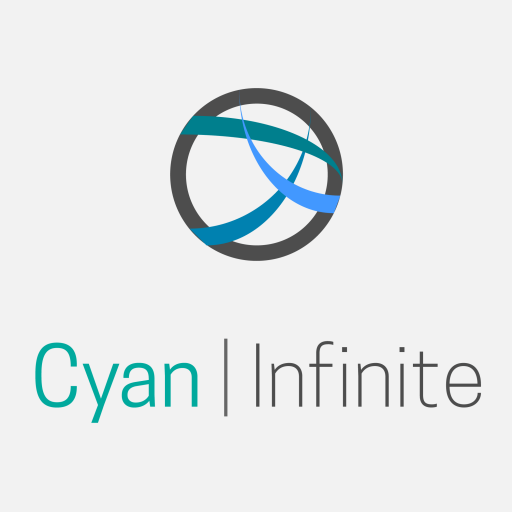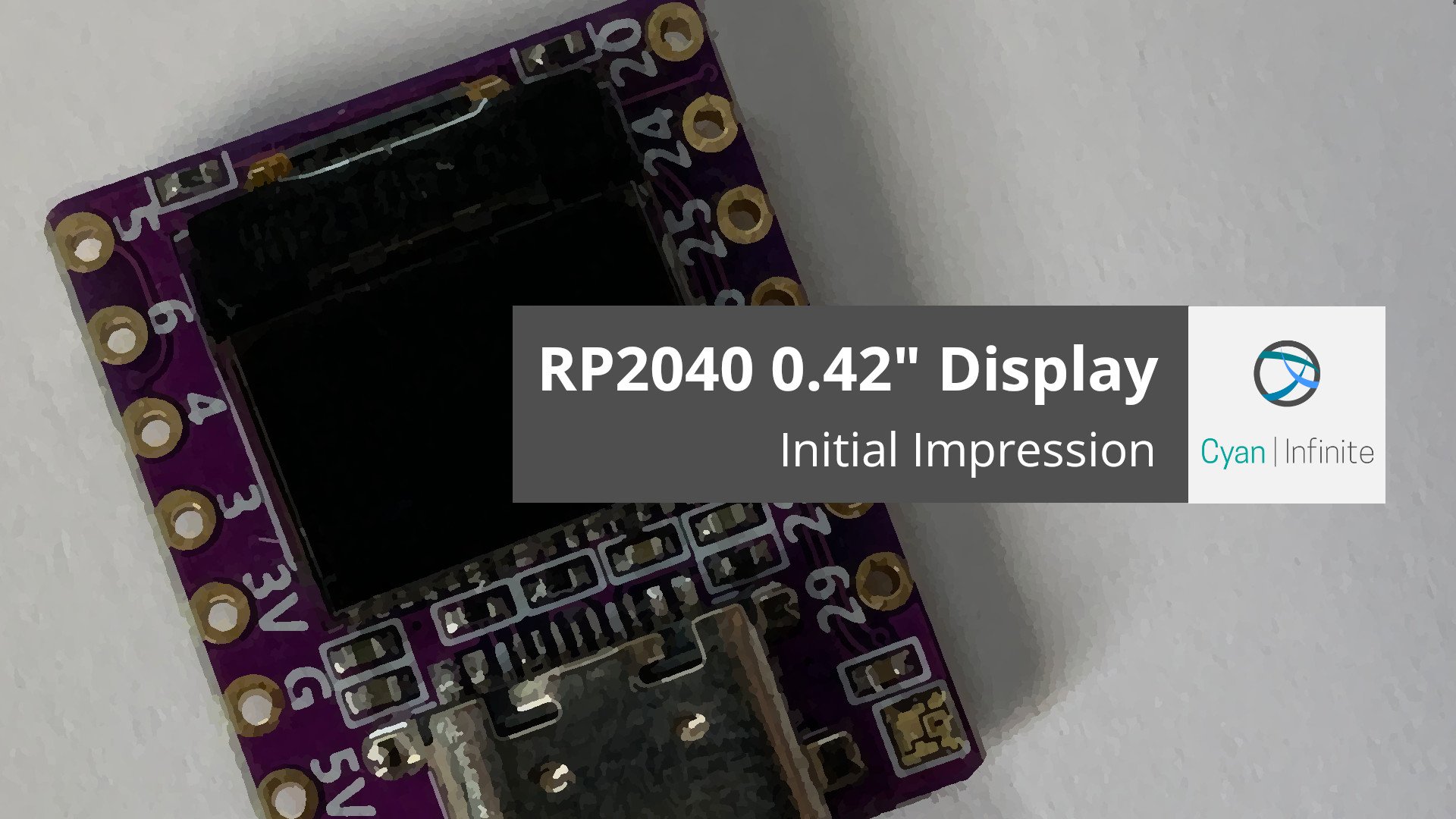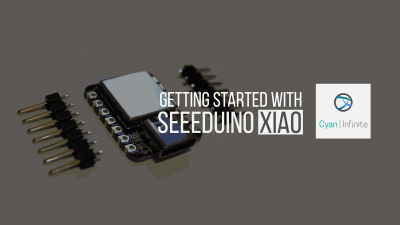Contents
Ever wanted to have a small OLED display powered by RP2040 for your project? Or a built-in RGB LED with a small form factor microcontroller? In this post, we would be looking at the RP2040 board with the 0.42” OLED display, and what is has to offer.
Overview
The RP2040 board with the 0.42” OLED display is powered by the Raspberry Pi RP2040 (32bits ARM Cortex M0+) microcontroller designed by 01Space. The board also consists of a built-in WS2812 addressable RGB LED beside the OLED display, and a blue power indicator LED at the back of the microcontroller.
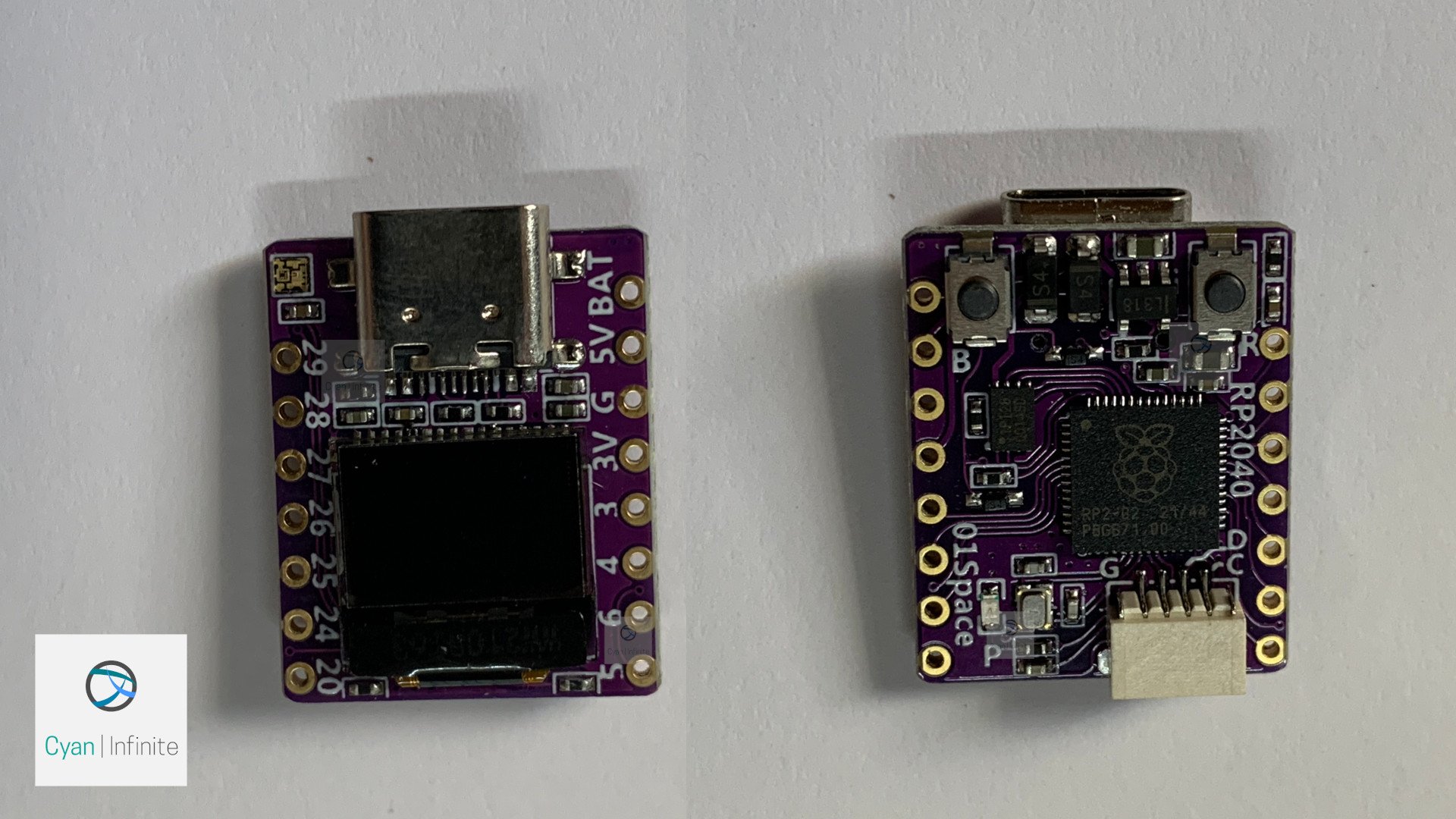
The features are as follows:
- Physical
- Dimension: 23.5mm x 18 mm
- Weight: ~25g
- LED
- Addressable RGB LED
- Power LED at back
- Reset & Boot button
- Qwicc I2C connector for interfacing I2C devices or sensors
- 11 GPIO pins
- Power
- 5V: Vin or USB Type C port
- VBAT: battery input
- 3.3V regulator (with 500mA peak output)
Pinout
The pinout of the microcontroller is as shown below.
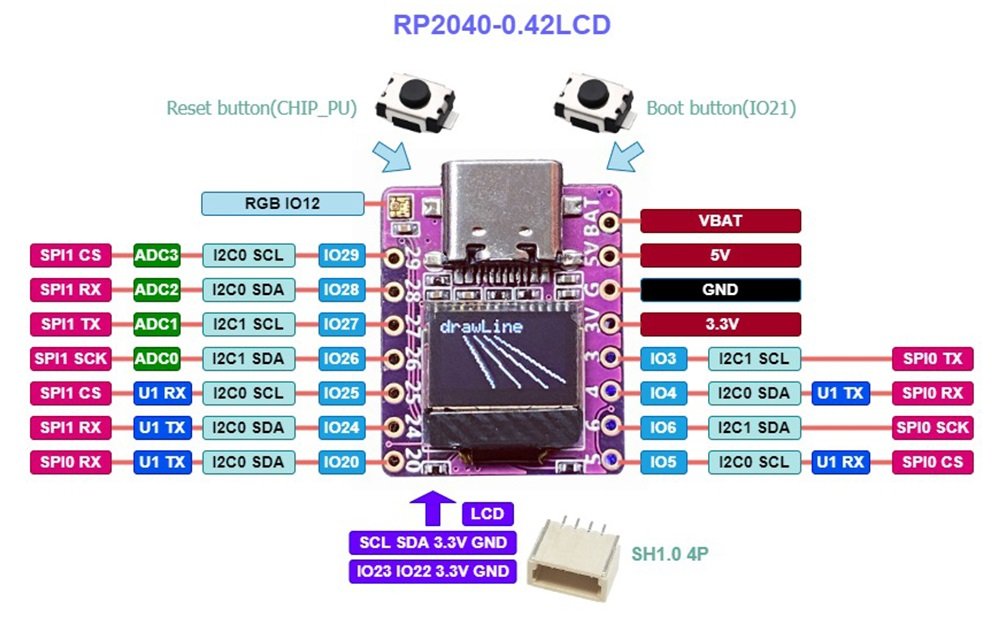
There are hardware interfaces such as SPI, I2C and Serial that could be utilised, but the pins have to be specified with the intended interface before using it.
Packaging
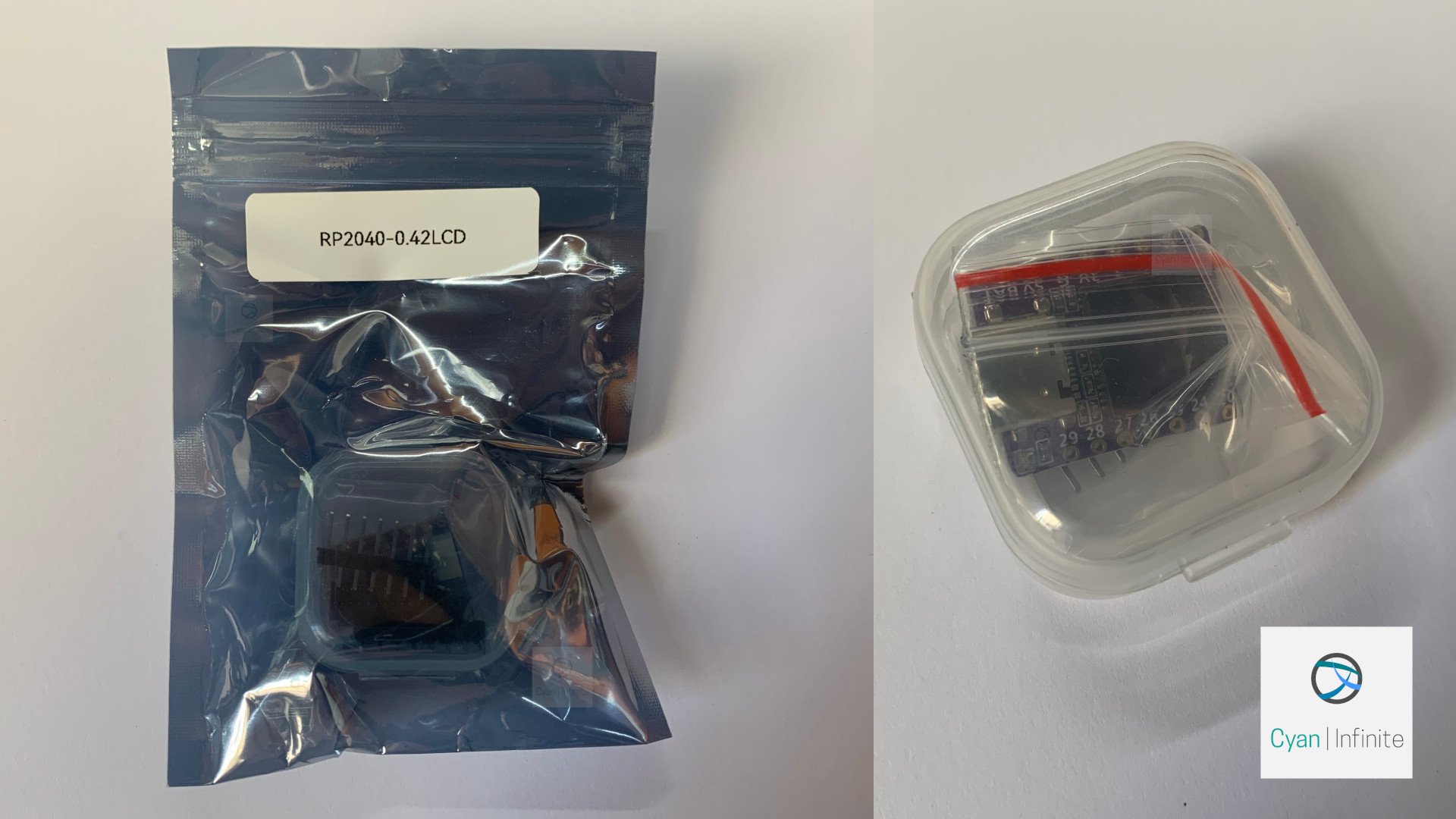
The microcontroller comes with a transparent container which stores the header pins (male and female) and the microcontroller itself. It is convenient for keeping the RP2040 board when not in use.
Demo
There is a demo program that is onboard the microcontroller, which is the u8g2 display sample sketch with the RGB LED turned on.
Conclusion
The RP2040 microcontroller offers a plethora of opportunities in terms of creating RP2040 based miniaturised projects given its small form factor. However, the cost of this board may be more expensive compared to ESP32 with a larger colour 1.2" LED screen. In the next post, we would be looking at how to program the microcontroller through a simple project using the Arduino IDE.
